Honestly, this is probably the first and last Leuchtturm I'll buy. The Midori MDs have fewer pages than a lot of other A5 notebooks, but they are also so much cheaper.
Right now I've got a Leuchtturm1917 A5 dot grid as my Bullet Journal, a Midori MD A5 graph for my journal journal, a Top Flight A5 dot grid as my Commonplace Book, and a no-name daily planner for my work notes. The Leuchtturm has a few minor issues with ghosting if I'm not careful. The Top Flight isn't that great for fountain pens, but it was cheap at the grocery store. I only use my fine nibs on it. I do most of my correspondence on either Tomoe River A5 or Clairefontaine A4.
Another one to add to the list of future purchases!
So what does everybody think? Will this replace the fx-CG50 or the fx-9750GIII with the styling of the fx-991CW? Which one is showing its age more and is crying out for round buttons? Or will we get shocked with a new ClassPad?
I hope not. Especially from Casio.
We should be able to get by with one mod. We're small enough that it takes less than five minutes to read every new comment on a busy day. Besides, the community here is laid back. I've been solo mod of the Calculator community for a year or so. I still have not yet needed to even mention the rules, let alone actually moderate anything.
You've been actively trying to build the community more than anybody, vext01. You have my vote for mod!
I'm in IT and have no real need for them either, but they touch me right in the happy nerd center of my brain!
I love it. I stuck with the standard Asvine Medium since I already have six of them and they have all rocked so far. I've also heard some random grumblings about Bock nibs in general.
Well, the Earl Grey did not stay in this pen for too long. It was too similar to J Herbin Cacao Du Bresil and the Platinum Carbon Black that I'm using. Replaced it with Pelikan 4001 Brilliant Brown, which is much closer to orange than brown. Seeing as I just benched a pen that was filled with Diamine Sunset, having an orange-ish ink fills a niche.
Buddha! In! Spaaaaaaaace!

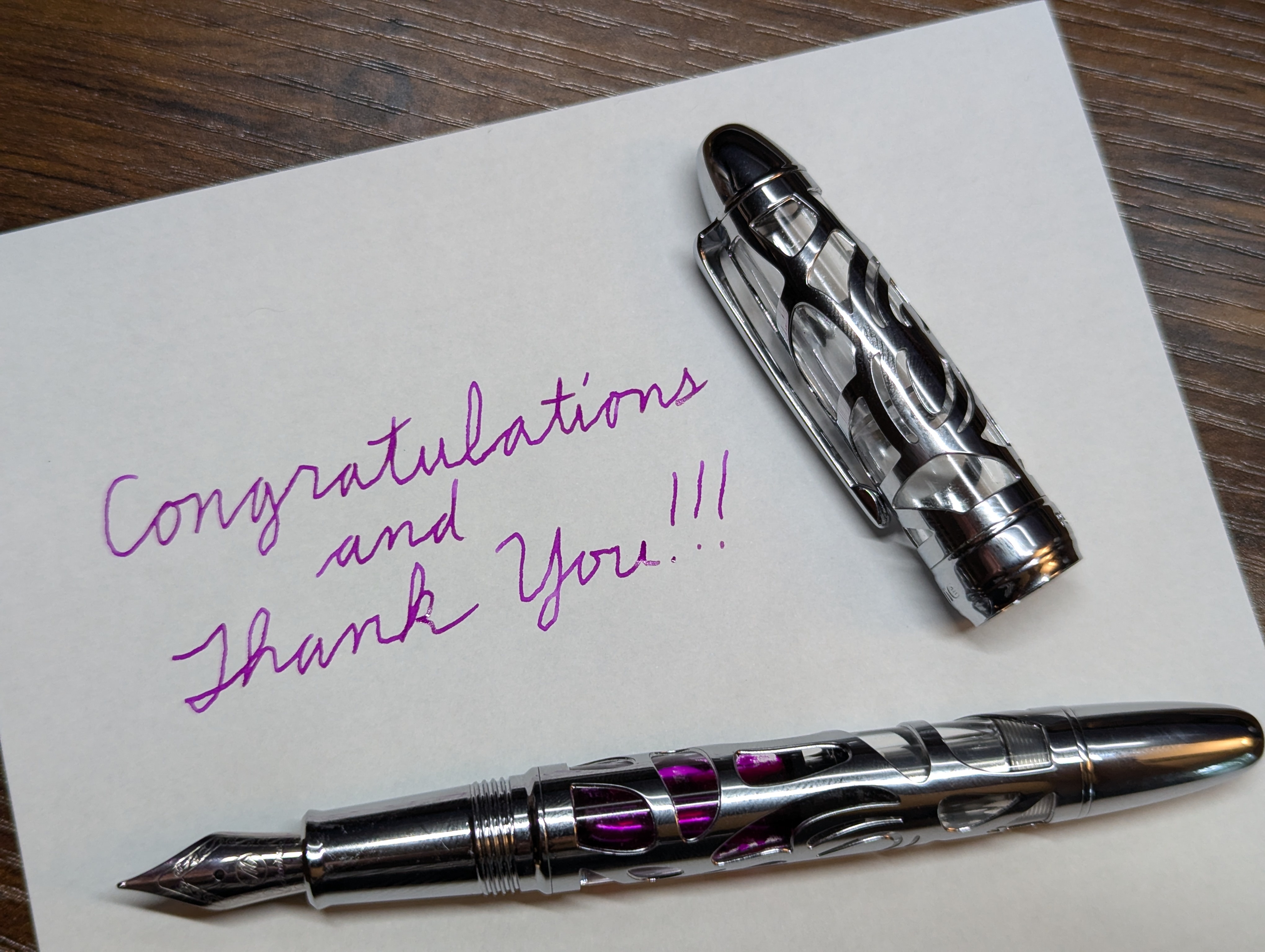
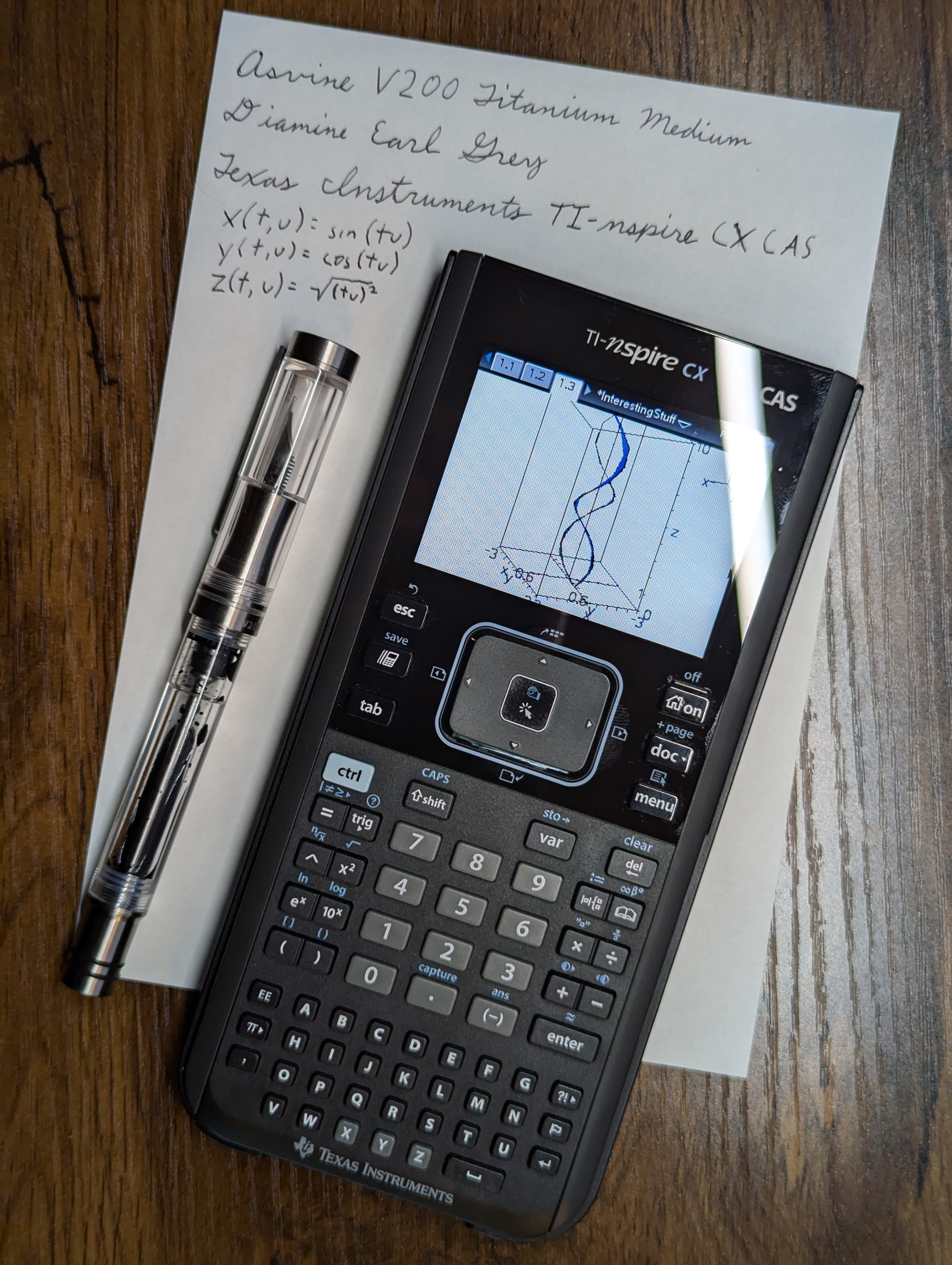
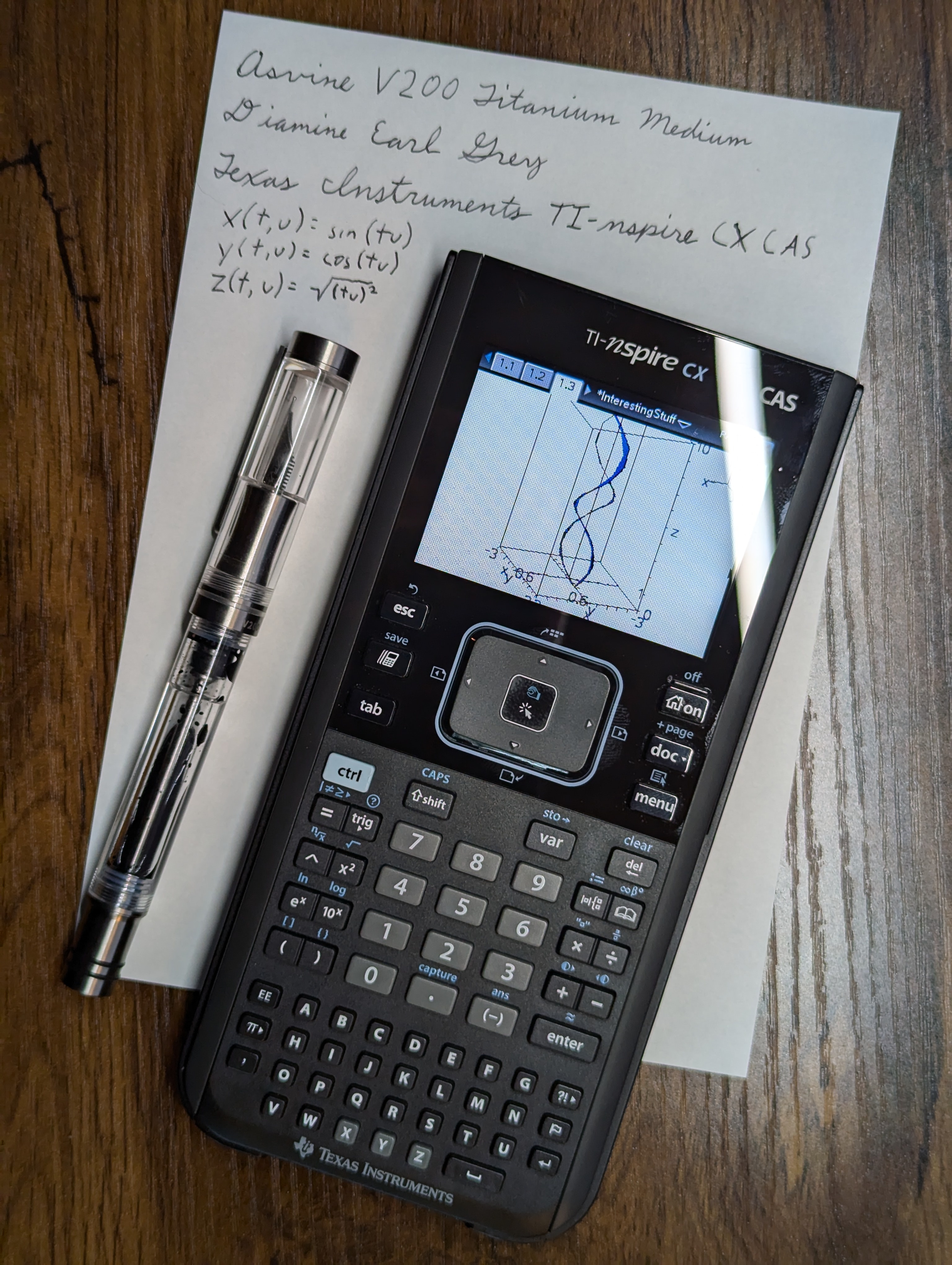
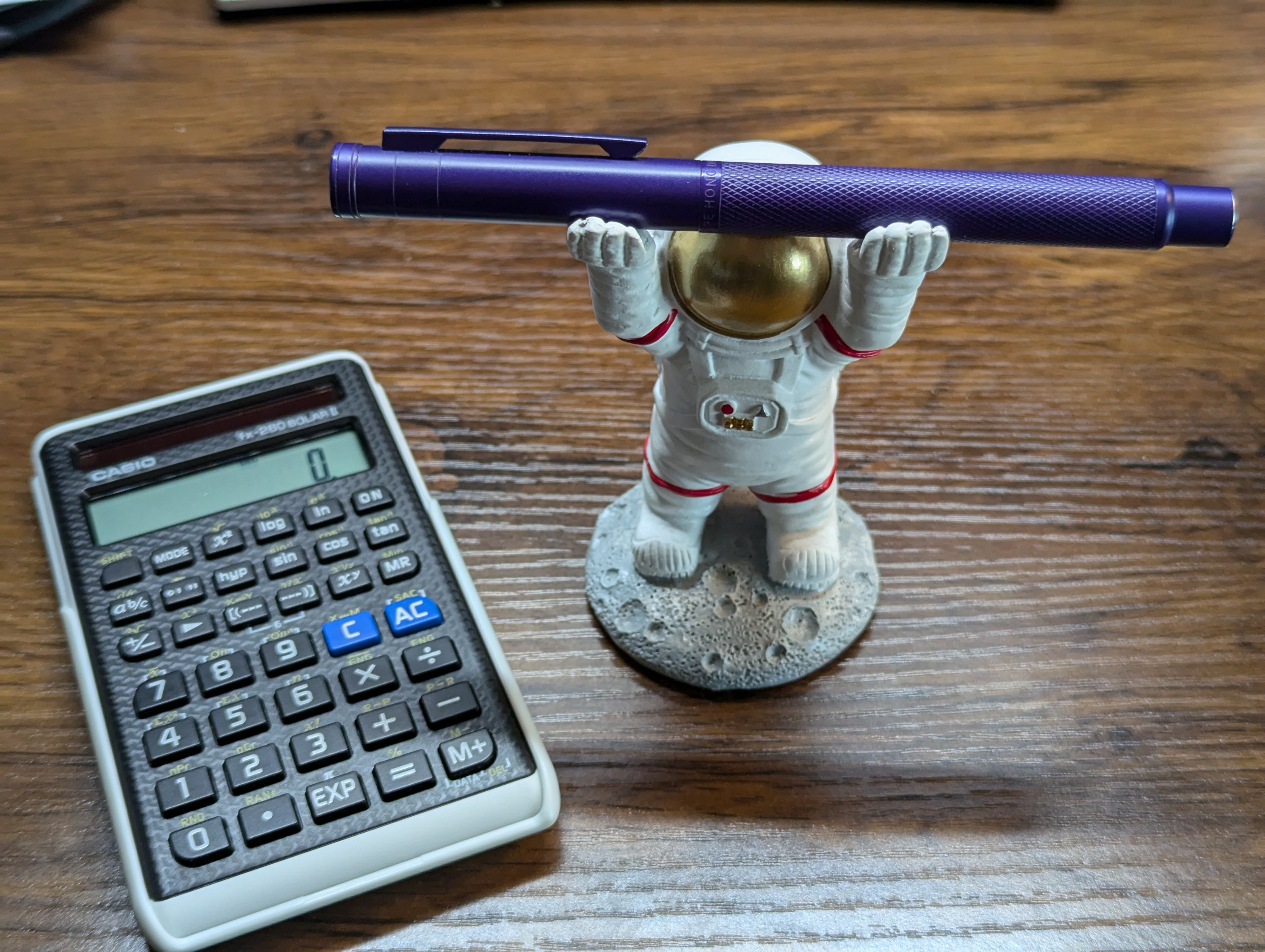

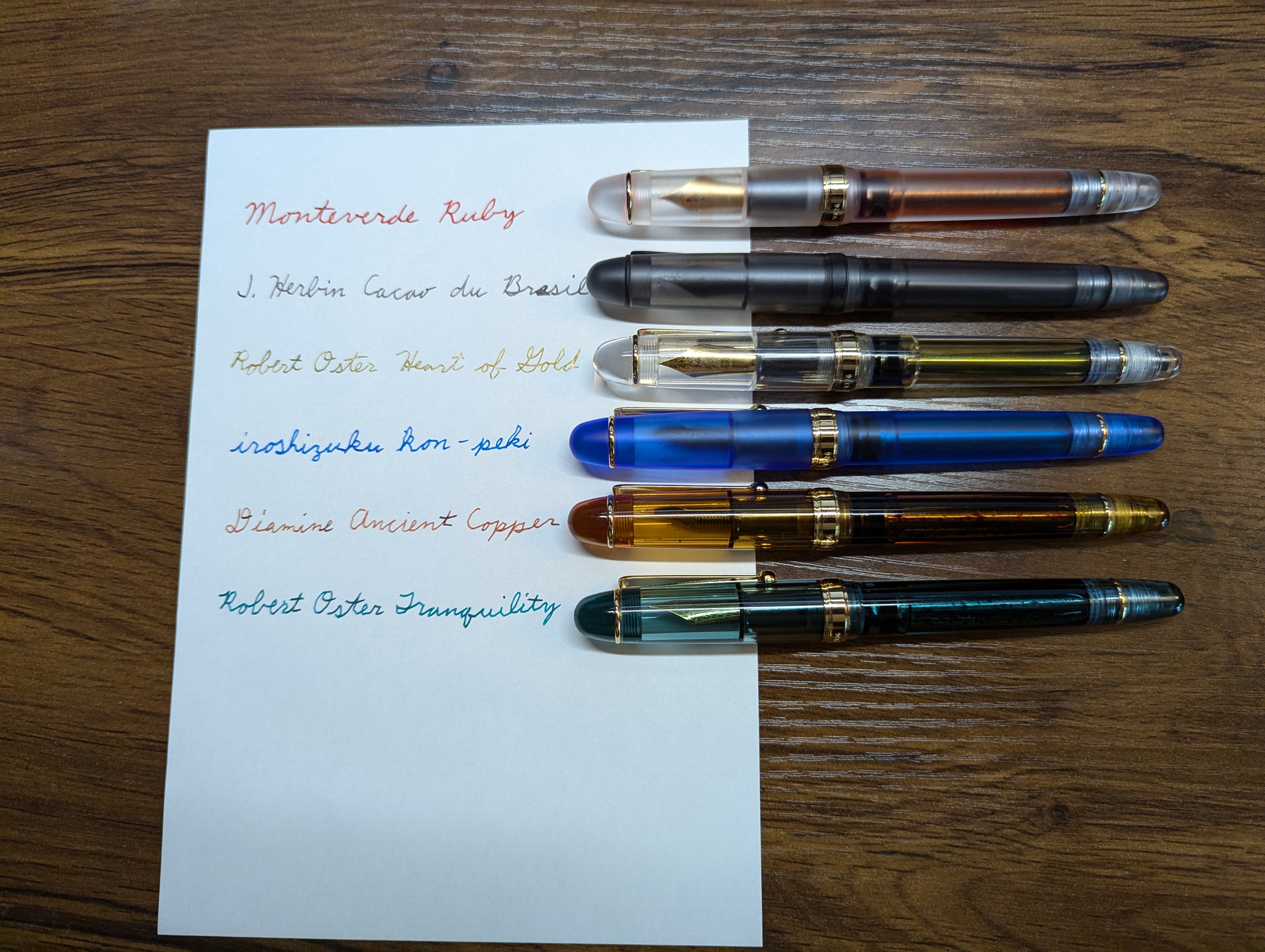
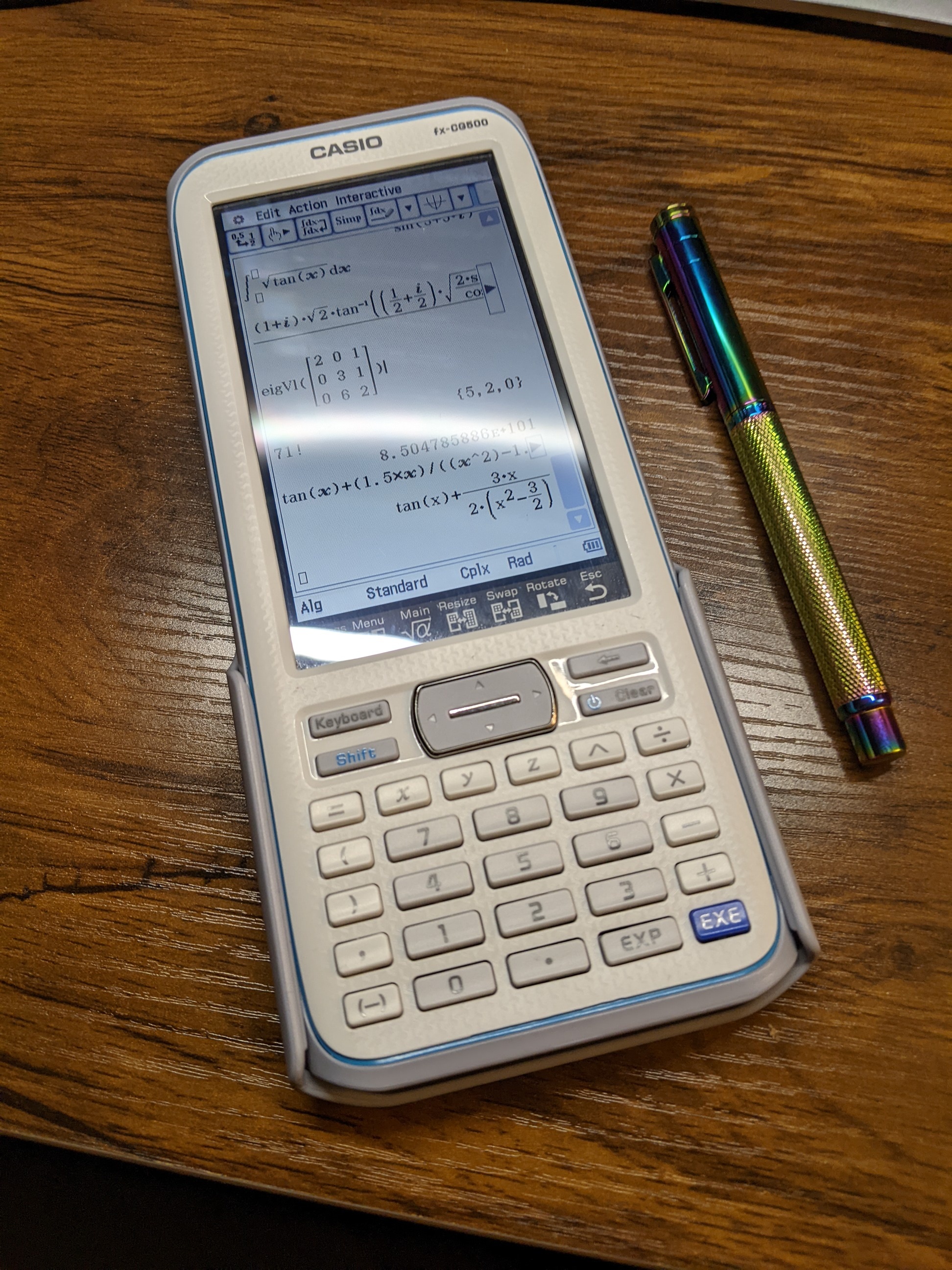
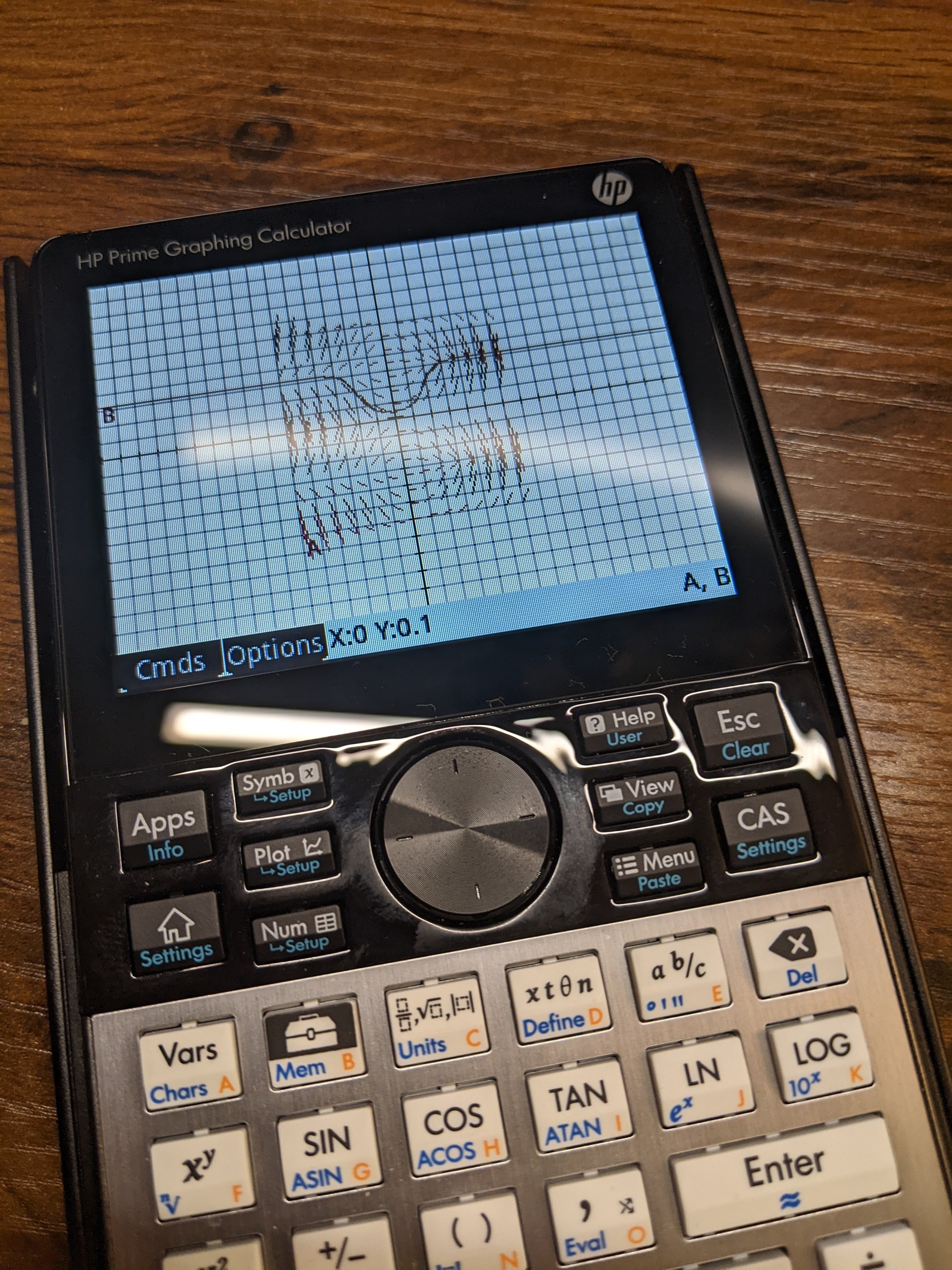
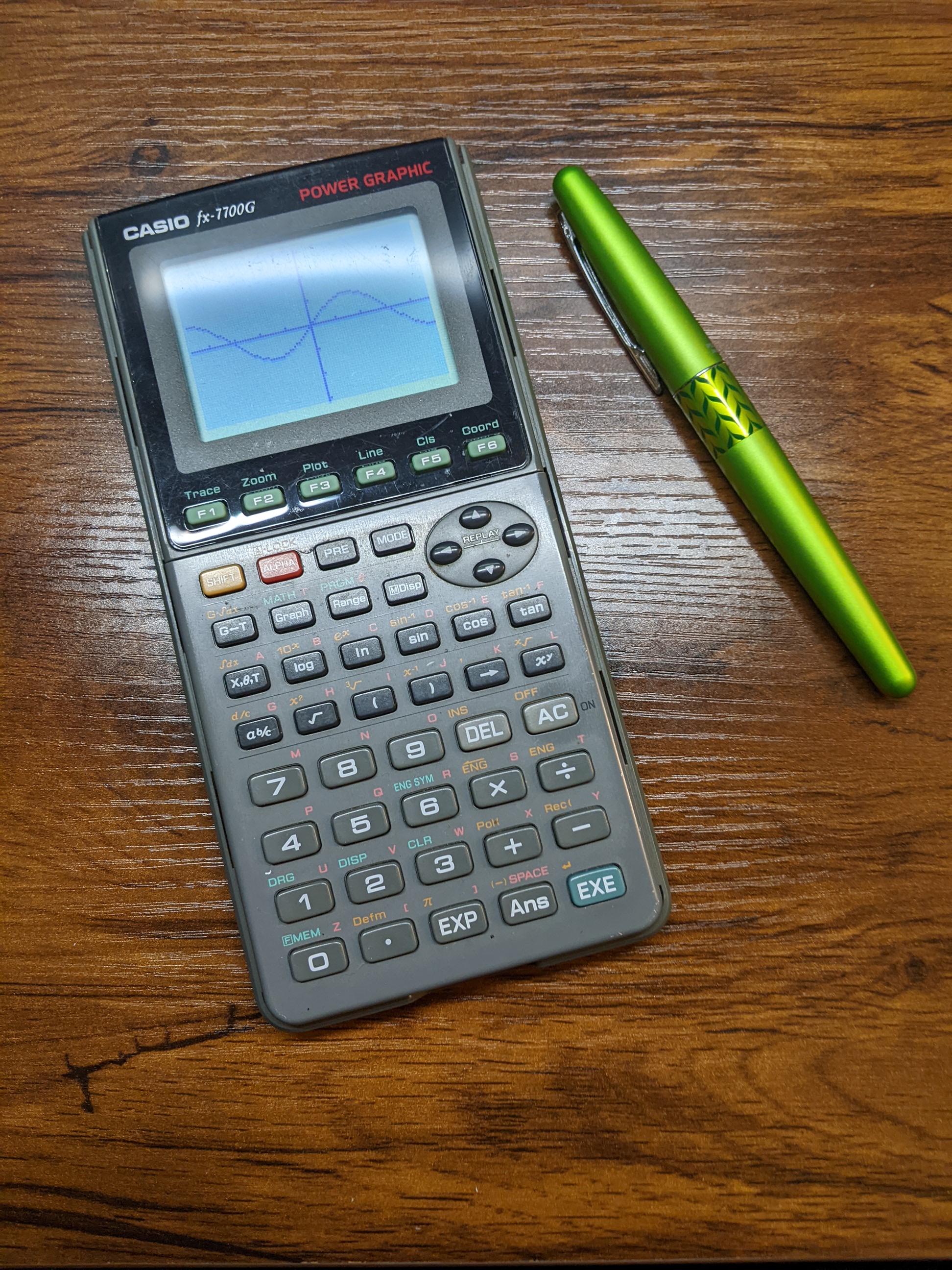
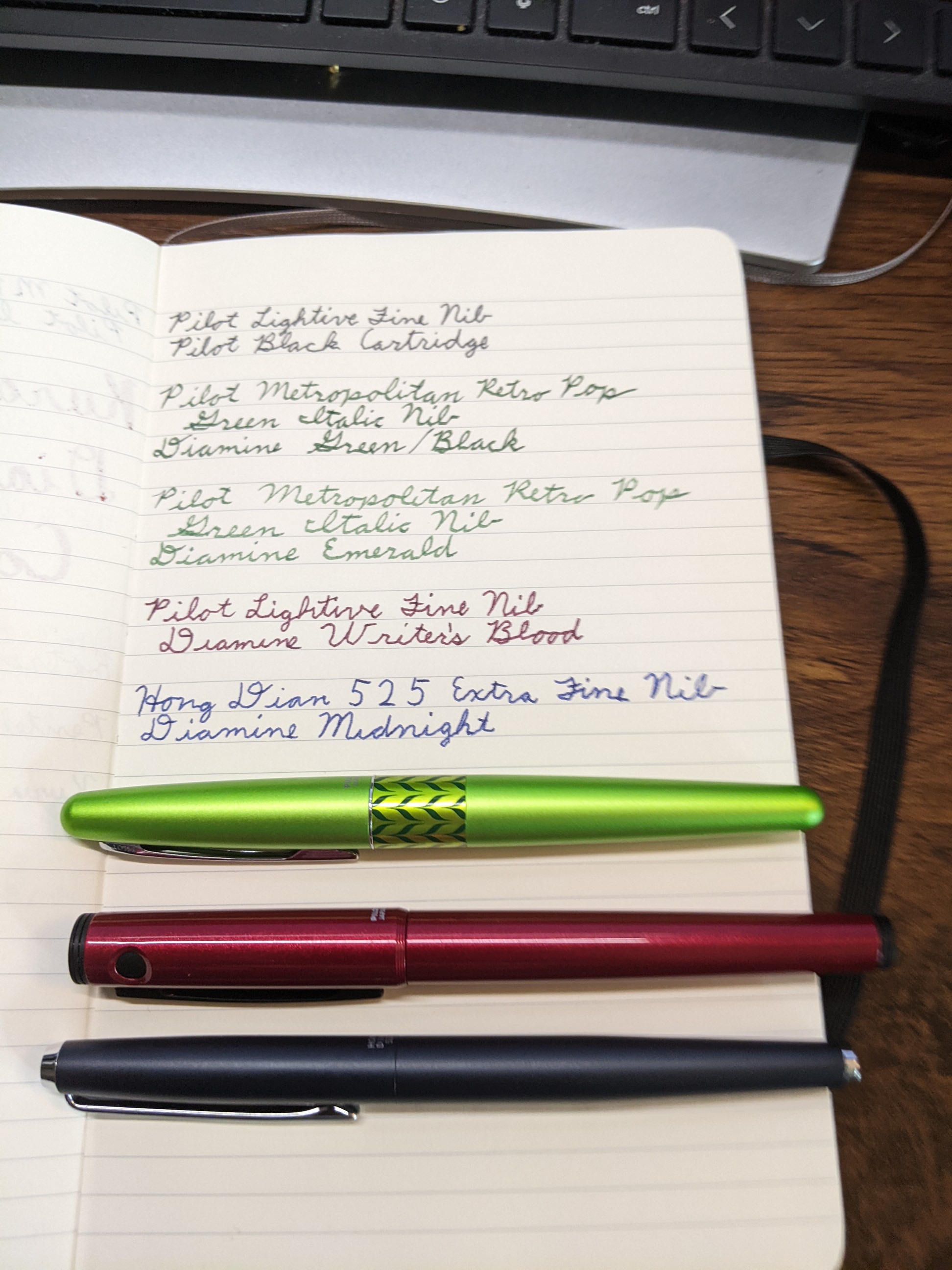
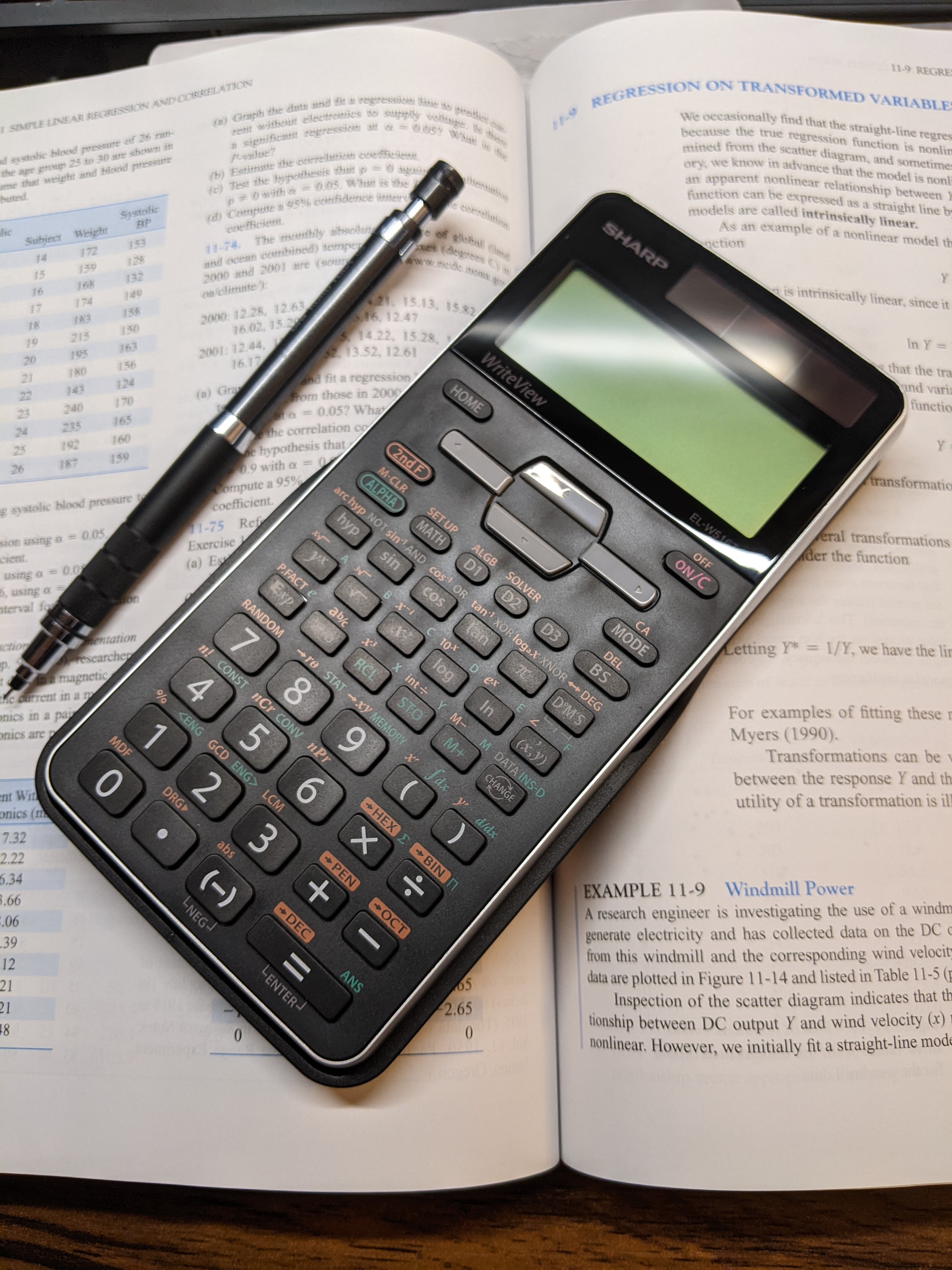

That is a beautiful picture, and it looks like you're having a lovely time! Plus, I can show my wife that I'm not the only one who brings a calculator on vacation!